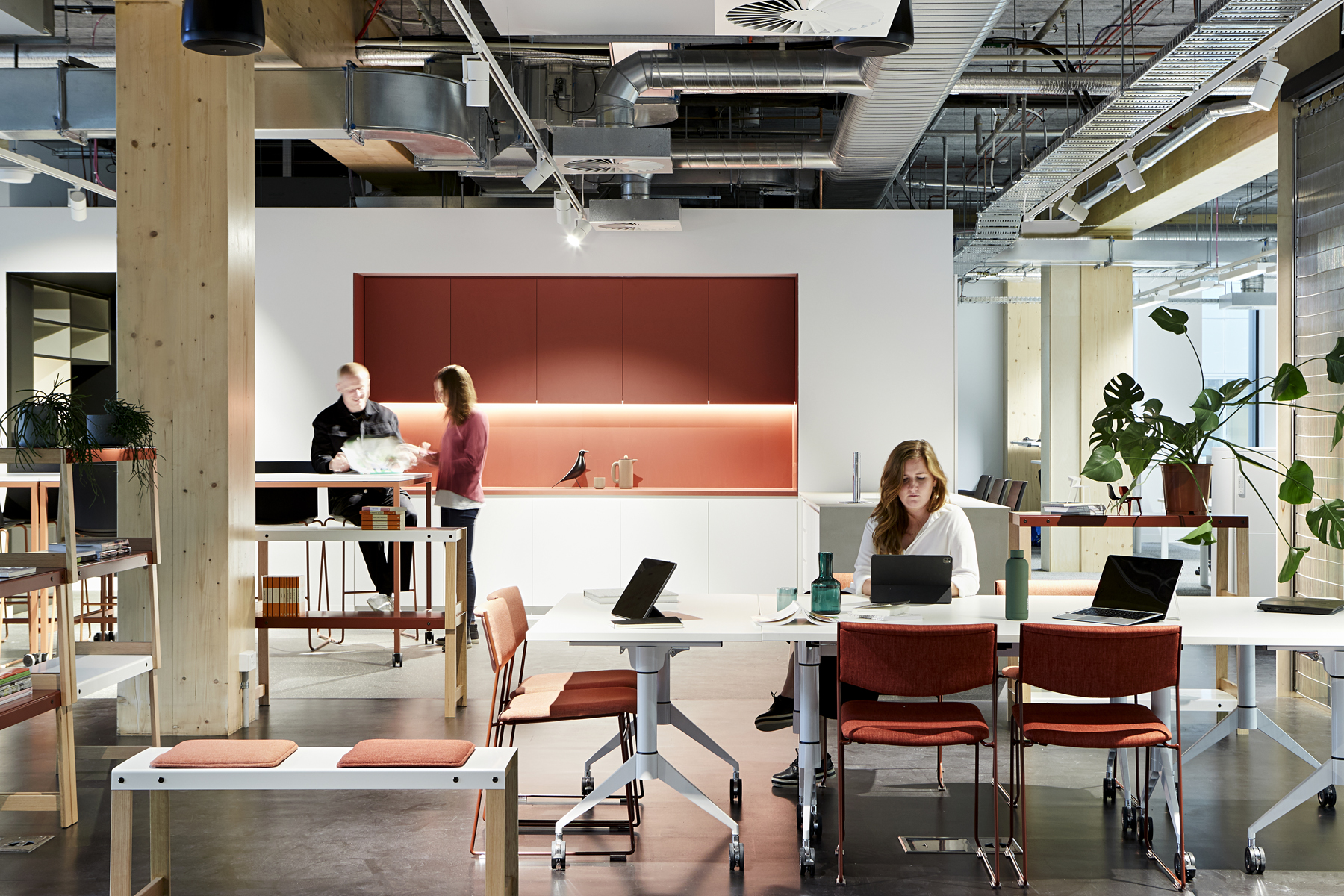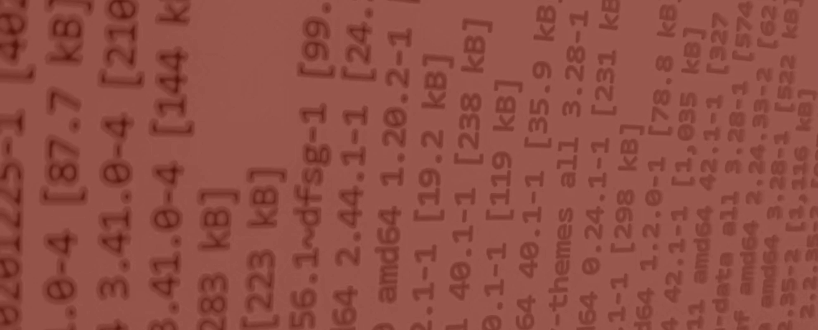Architectus designed Melbourne Entrepreneurial Centre.

You recently contributed to a paper published by the Property Council of Australia (PCA), which described the untapped potential of partnerships between Australian universities and the private sector. Is there successful precedence for this model elsewhere?
In Australia, probably the largest scale project of this kind we’ve seen to date is the recently completed Melbourne Connect innovation precinct. Powered by the University of Melbourne in partnership with a consortium led by Lendlease, Melbourne Connect brings together world-class researchers, government, industry, SMEs, startups, higher-degree students, artists and Science Gallery Melbourne, in a purpose-built innovation precinct right in the heart of Carlton and next to the Parkville campus and Biomedical precinct.
Architectus was the University of Melbourne’s advisor over the five years of the development, and our Interiors team designed the precinct’s Melbourne Entrepreneurial Centre. Drawing on the University’s expertise across emerging technologies such as artificial intelligence, robotics, computer-science, cybersecurity and privacy, it will become a digital and data powerhouse with the people, place and programs at Melbourne Connect designed to help unlock digitally driven, data-enabled and socially responsible solutions to our most pressing challenges.
The diversity of the people engaging with the Melbourne Connect precinct – the blend of public and private, students and experts who have been honing their skills over decades – is what gives a precinct like this such great potential. It brings together clever people from different backgrounds working together towards a common goal.
What are the benefits of this model for both universities and private investors?
The examples I mentioned above illustrate that there are many circumstances where these partnerships in higher education are symbiotic.
For the universities, it’s not purely a question of resources; Australian universities have better credit ratings than the big four banks and access to the capital to finance projects if they want to. But that doesn’t mean they should.
When the objectives between universities and private industry are aligned, that’s when these types of projects can come to fruition. This allows universities to direct more of their resources towards what they do best: excellence and innovation in education and research. It also releases their capital to invest in other areas.
These innovation precinct partnerships give students opportunities to gain real-world experience and create connections in industry. Universities that can give students pathways to develop meaningful networks before graduating have a competitive advantage.
For private investors, universities are long-term, stable clients. There has long been a degree of clout that comes with being associated with a university. Universities are recognised as hubs for excellence in innovation, having a research arm or a start-up within a university can shine a spotlight on the work of a private organisation. They act as magnets in attracting and curating other key tenants.
Can you reflect on the process of contributing to the PCA research and the role of the PCA in driving forward new models?
The PCA consolidates people from across the property and construction industries who can have an impact on driving the industry forward. It’s quite easy to get frustrated in this field of work; with every project comes an obstacle course of barriers, hurdles and regulations that you must face before you can realise a project. PCA brings together a breadth of expertise aimed at removing or minimising these obstacles.
As a member of the PCA’s Education Precinct Committee, I’ve been working alongside change makers and thought leaders who specialise in education projects on both sides of the table, representation from our major universities, schools and TAFE NSW as well as the key financiers, developers and builders working in this space.
It’s rare to have such a representative cross-section of stakeholders working together – all the right brains in the room clearly articulating what the challenges are, and then going through the process of finding solutions.
It’s also been interesting working with people who are entering conversations with different agendas or objectives. Lots of healthy debate takes place. Finding mutual ground between the different sides is a key part of the process. It also leads to stronger ideas, and better solutions that reflect the complexity of the challenges facing the sector.



